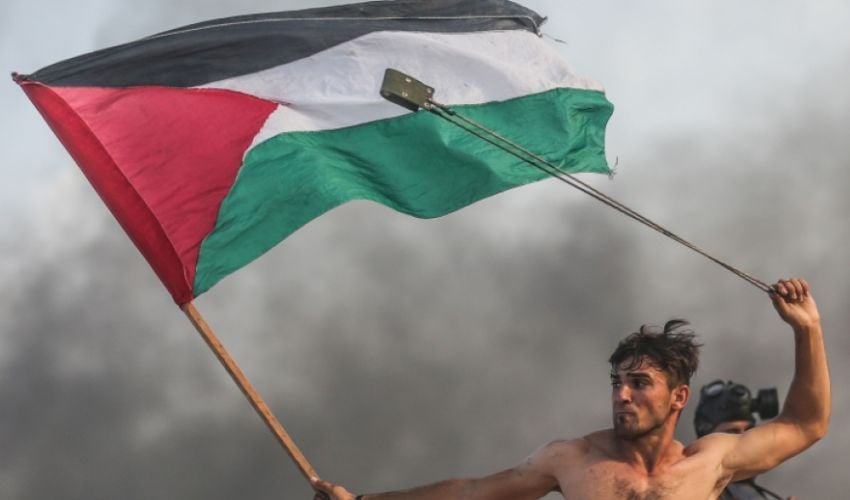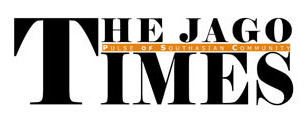On Wednesday, the United States exercised its veto power on a draft resolution presented to the U.N. Security Council. The resolution called for an “immediate, unconditional and permanent ceasefire” between Israel and Hamas militants in Gaza, along with unhindered access for humanitarian aid throughout the war-torn enclave.
The remaining 14 member nations of the council voted in favor of the draft, as a severe humanitarian crisis continues to grip the more than 2 million residents of Gaza. Famine is imminent, and aid has only minimally trickled in since Israel lifted an 11-week blockade last month.
“The United States has been clear: We would not support any measure that fails to condemn Hamas and does not call for Hamas to disarm and leave Gaza,” Acting U.S. Ambassador to the U.N. Dorothy Shea informed the council before the vote. She further argued that supporting such a resolution would undermine ongoing U.S.-led efforts to broker a ceasefire.
The United States is Israel’s principal ally and primary arms supplier.
The Security Council vote occurred as Israel continues its offensive in Gaza, having ended a two-month truce in March. Gaza health authorities reported that Israeli strikes killed 45 people on Wednesday, while Israel confirmed the death of one soldier in the fighting.
Britain’s U.N. Ambassador Barbara Woodward criticized the Israeli government’s decisions to expand its military operations in Gaza and severely restrict humanitarian aid, labeling them as “unjustifiable, disproportionate and counterproductive.”
Israel has consistently rejected demands for an unconditional or permanent ceasefire, asserting that Hamas cannot remain in Gaza. Israel’s U.N. Ambassador Danny Danon addressed council members who voted for the draft, stating: “You chose appeasement and submission. You chose a road that does not lead to peace. Only to more terror.”
Hamas condemned the U.S. veto, describing it as evidence of “the U.S. administration’s blind bias” towards Israel. The vetoed Security Council draft resolution had also included a demand for the immediate and unconditional release of all hostages held by Hamas and other groups.
Conflicting Aid Operations
The conflict in Gaza escalated in 2023 following Hamas militants’ October 7 attack on Israel, which killed 1,200 people and resulted in approximately 250 hostages being taken back to the enclave, according to Israeli tallies. A significant number of those killed or captured were civilians.
Israel responded with a military campaign that, according to Gaza health authorities, has led to the deaths of over 54,000 Palestinians. These authorities assert that civilians have borne the brunt of the attacks, with thousands more bodies believed to be trapped under rubble.
Under international pressure, Israel permitted limited U.N.-led aid deliveries to resume on May 19. A week later, a controversial new aid distribution system was launched by the Gaza Humanitarian Foundation (GHF), with support from the U.S. and Israel.
Israel has repeatedly accused Hamas of diverting aid, an accusation the group denies. Both Israel and the U.S. are urging the U.N. to collaborate with the GHF, which utilizes private U.S. security and logistics firms to transport aid into Gaza for distribution at designated “secure distribution sites.”
“No one wants to see Palestinian civilians in Gaza go hungry or thirsty,” Shea told the Security Council, adding that the draft resolution failed to “acknowledge the disastrous shortcomings of the prior method of aid delivery.”
The U.N. and numerous international aid groups have refused to cooperate with the GHF, citing concerns that it is not neutral, militarizes aid efforts, and contributes to the forced displacement of Palestinians.
On Wednesday, the U.S.-backed Gaza Humanitarian Foundation did not distribute any aid. This was due to its ongoing demands that the Israeli military enhance civilian safety beyond the perimeters of its “secure distribution sites,” following a deadly incident on Tuesday.
The GHF stated that it has requested the Israeli military to “guide foot traffic in a way that minimizes confusion or escalation risks” near military positions, provide clearer civilian guidance, and improve the training of soldiers on civilian safety protocols.
‘Delays and Denials’
The GHF announced on Facebook that “ongoing maintenance work” would delay the opening of its distribution sites on Thursday. On Tuesday, it reported having distributed over seven million meals since commencing its operations.
Despite U.S. and Israeli criticism of the U.N.-led Gaza aid operation, a U.S. ceasefire plan itself proposes aid delivery through the United Nations, the Red Crescent, and other agreed channels. While Israel has agreed to the ceasefire plan, Hamas is seeking modifications that the U.S. has deemed “totally unacceptable.”
Prior to the U.N. Security Council vote, U.N. aid chief Tom Fletcher reiterated his appeal for the U.N. and aid groups to be allowed to assist people in Gaza, emphasizing their existing plans, supplies, and expertise.
“Open the crossings – all of them. Let in lifesaving aid at scale, from all directions. Lift the restrictions on what and how much aid we can bring in. Ensure our convoys aren’t held up by delays and denials,” Fletcher urged in a statement.
The U.N. has consistently attributed obstacles to aid delivery into Gaza and its distribution within the war zone to both Israel and the prevailing lawlessness in the enclave.
“Enough of suffering of civilians. Enough of food being used as a weapon. Enough is enough is enough,” Slovenia’s U.N. Ambassador Samuel Zbogar told the Security Council.
Diplomats anticipate that a similar humanitarian-focused draft resolution will now be put to a vote in the 193-member U.N. General Assembly, where no country holds veto power, and it is widely expected to pass.
Danon, however, issued a warning: “Don’t waste more of your time, because no resolution, no vote, no moral failure, will stand in our way.”



